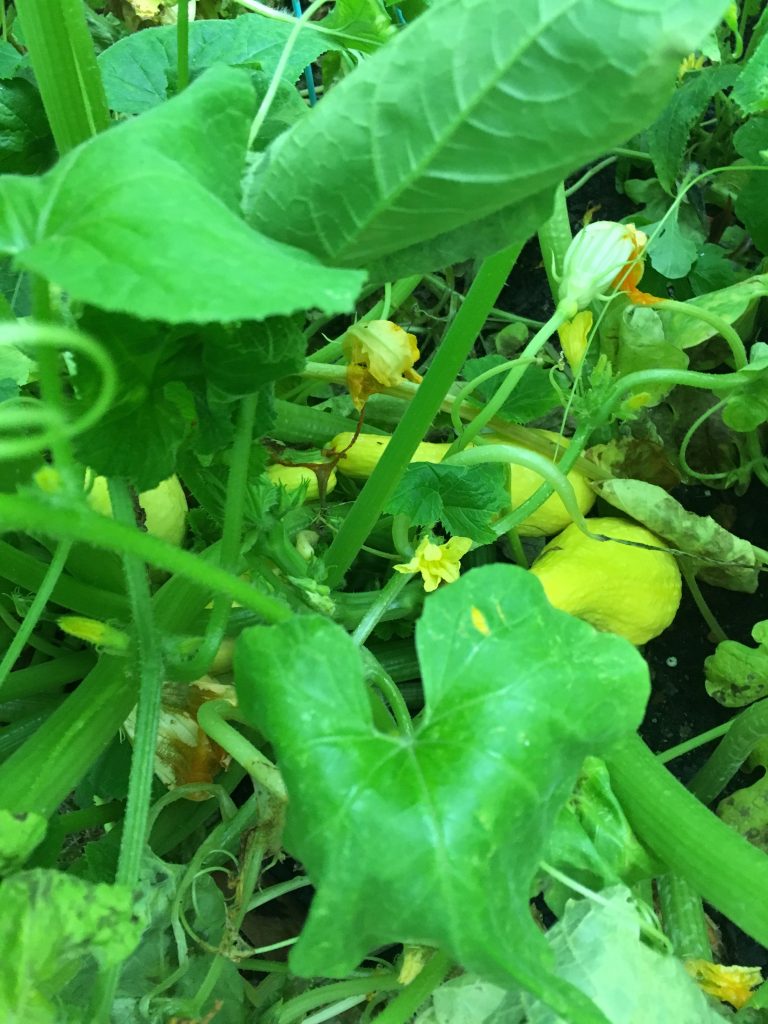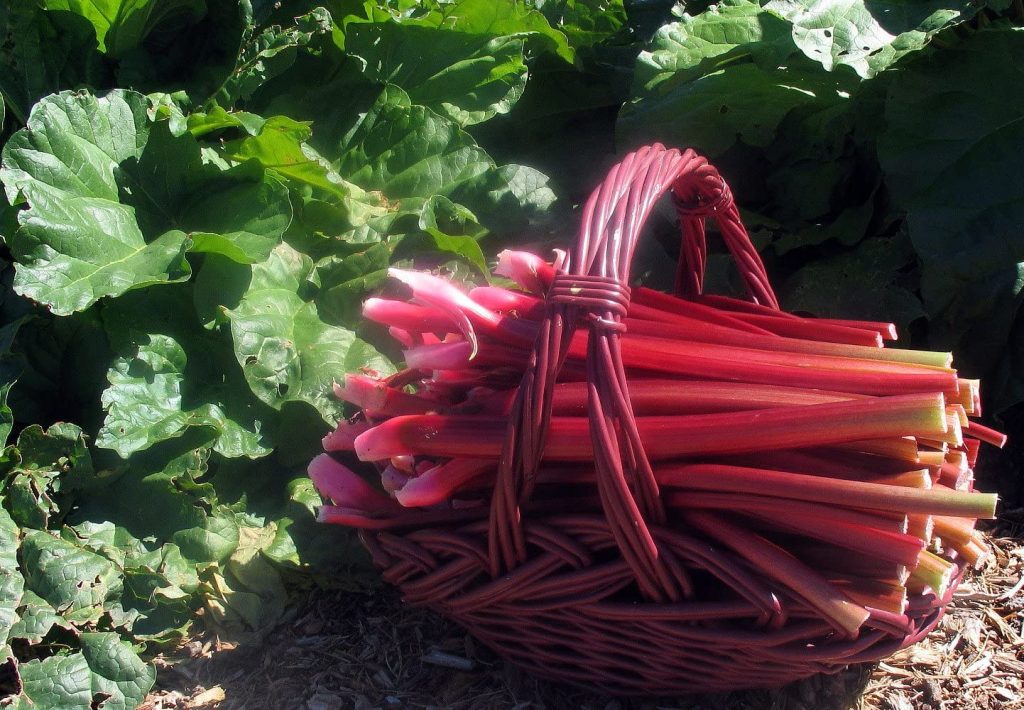So, now comes the time to plant your garden. Initially it seems like the hard part is over with the beds being readied. Interestingly, even though the fun part is the selection of plants, it also involves the most planning. The girls presented their list of plants.

Now comes the requisite planning so you don’t end up with too many of one type of plant and not enough of another. For example, when you buy a four pack of tomatoes or a four pack of spinach at your local market, they take up vastly differing amounts of space in your garden. The tomatoes will take a 1′ x 4′ area of the garden, while the spinach will take up less than a 0.5′ x 1′ area.
In addition to spacing concerns, you will need to plant vegetables from the same group, eg. nightshades all in the same box so you can maintain an every 3 year rotation. This means the same plant will not be planted in the same dirt for three years, more on crop rotation later. Finally, you have to consider companion planting.
A good reference for gardeners on grouping plants and spacing plants is The gardening book by Mel Bartholomew. It reviews how to make the most of your gardening space.

A great source to read about companion planting, is the Farmer’s Almanac. Despite being two centuries old, its advise is still as pertinent today as it was in the 1700s. Press the link here to read the Farmer’s Almanac review on companion planting.

Having reviewed sources on grouping, spacing, companion planting as well as through much trial and error, I have, with the girls, formulated the plan below.
Perennial Bed
Nightshade/Goosefoot/Carrot Bed

Gourd / Lily/ Composite Bed
Mustard/ Pulse Bed

This plan also allows for easy access to shorter crops like radishes, room to grow into the aisles for large space consumers such as squash and zucchini as well as perennial plants to be left undisturbed. If you like more or less of plants we selected feel free to change the number of boxes of each type of plant. You will, however want to keep each box within the same planting bed. For example, if you do not like cabbage, you may substitute peas, but not tomatoes. This way you keep the mustards and pulse plants together without introducing the nightshade plant group into the mustard planting bed. Also, be sure to keep the number of plants per square foot the same as listed above. For example if you love squash, you can plant more in the gourd/ lily/ composite bed in the place of okra, but not more plants in the same box as it will not fit.
To give you visual on the garden in these raised beds, On June 16, we planted what was left in the stores to buy. It took less than an hour to plant before we raced off to the coast for a weeks vacation. It was late in the season to plant as it took me a bit to decide on the best way to configure the planters, see post on Making a raised bed garden. We figured we didn’t have much to loose.

It is amazing how quickly the plants grow. By July 13th, just 3 weeks later, we had…
(The empty box in the top left is the perennial bed which had not yet been planted. )
By July 18th, the harvest had begun…
By July 28th, the girls were decorating with each day’s bounty.

By August 25th, we had a little of everything.

You will not see all plants available for planting above. For example, watermelon, potatoes, and strawberries. I will detail special plants in an upcoming post. I will also discuss plant supports in an upcoming post.
Many of the plants above you can find at your local farmers market or garden center. Some, however, are not readily available and must be grown from seed or ordered from specialty farmers. Below I have placed links to suppliers I have used for items such as asparagus, rhubarb, specialty basil, and radishes.
If you are interested in any of the items above, you may click on the image for sourcing.
Asparagus takes 3 years to get a full harvest, but watching them grow is a delight in itself, more on this in an upcoming post. Rhubarb reminds me of when we grew it in our garden growing up. This particular basil is my favorite herb of all time. You can rarely find this variety in the farmer’s markets, nurseries or garden shops. Having seeds on hand avoids a lot of aggravation. I have been wanting to plant this variety of radish, but couldn’t find. I am planning on planting it this year. I’ve also included a few useful garden supplies I can’t garden without, my watering wand, protective yet flexible glove, my ‘drag around the yard’ tarp for moving dirt, plants, weeds, or anything else that does not require a wheelbarrow. I have also listed Mel’s book which was a useful resource on plant spacing.
To make your own plan you can go to sfgplanner.com


















